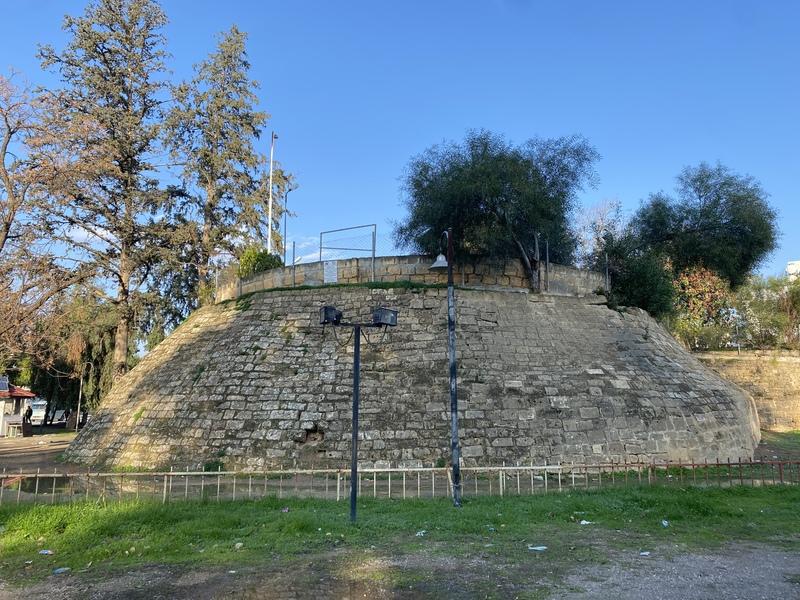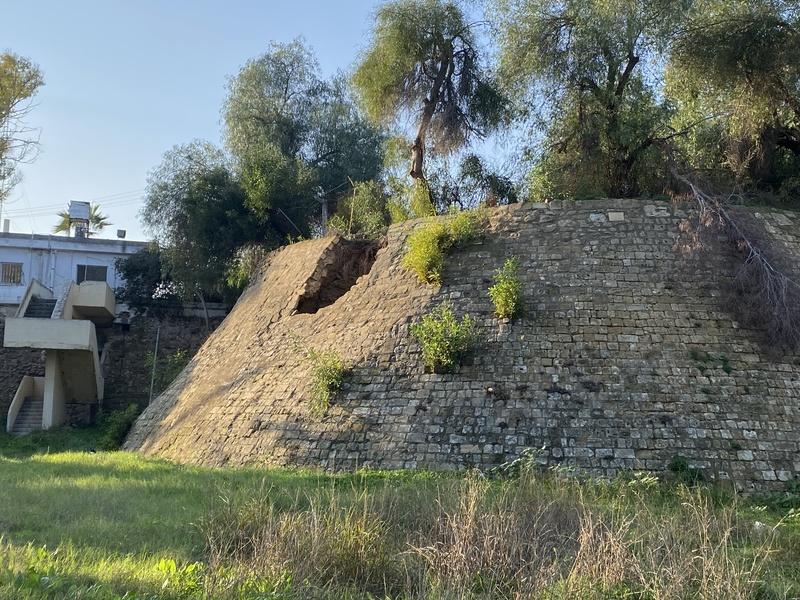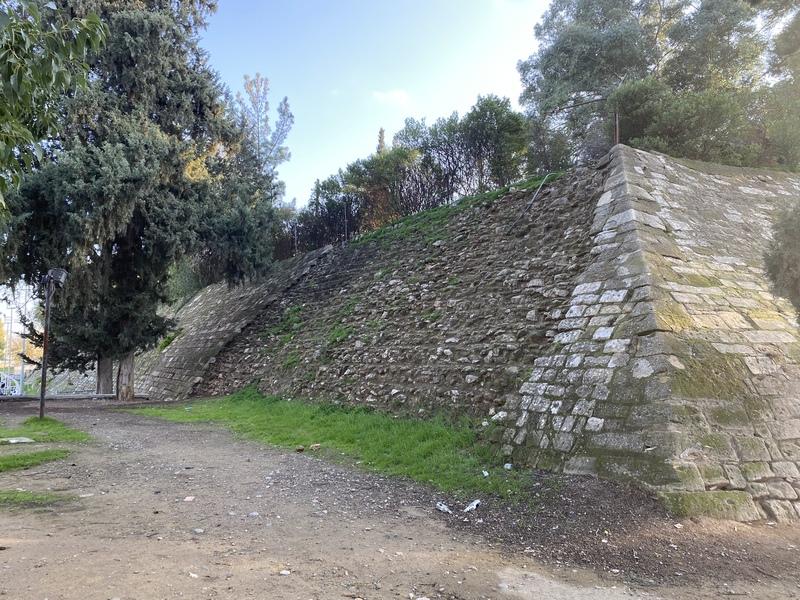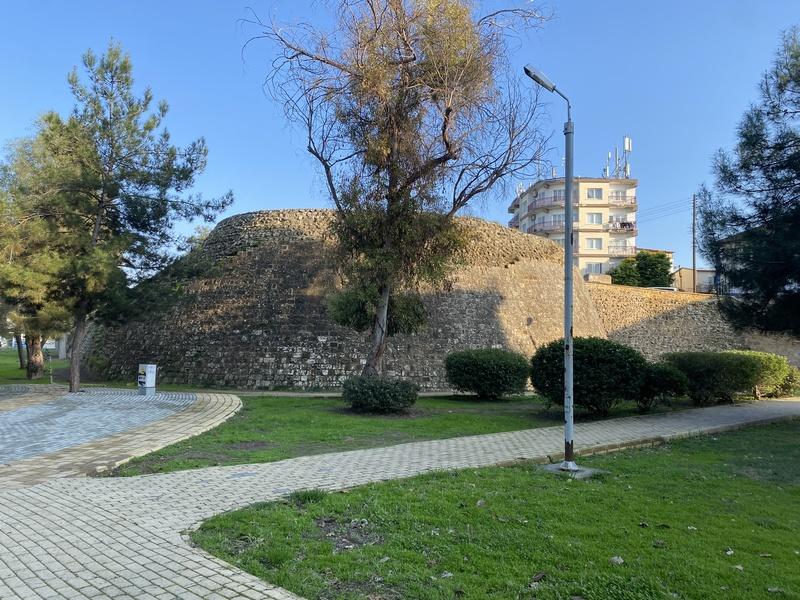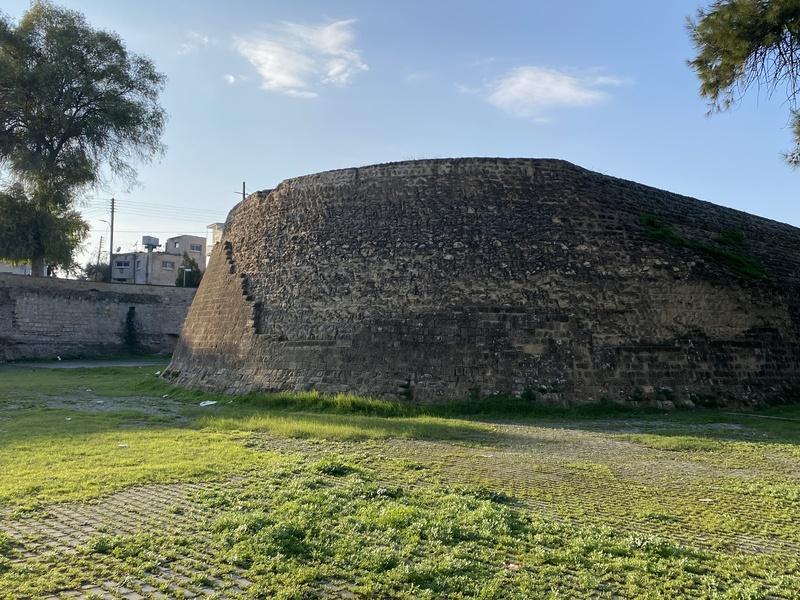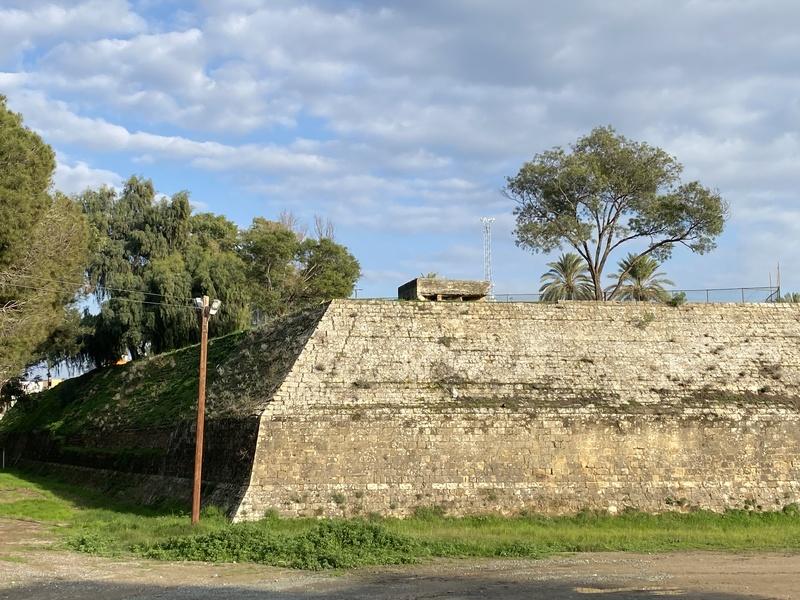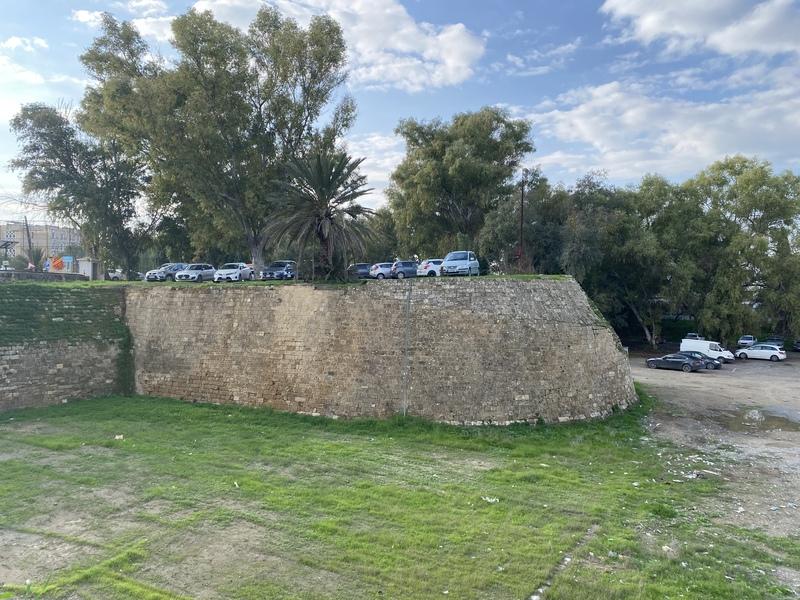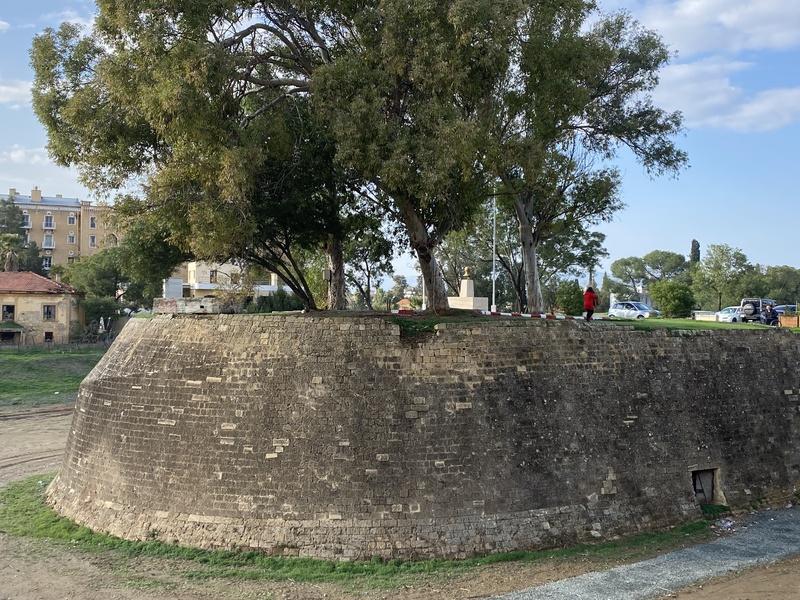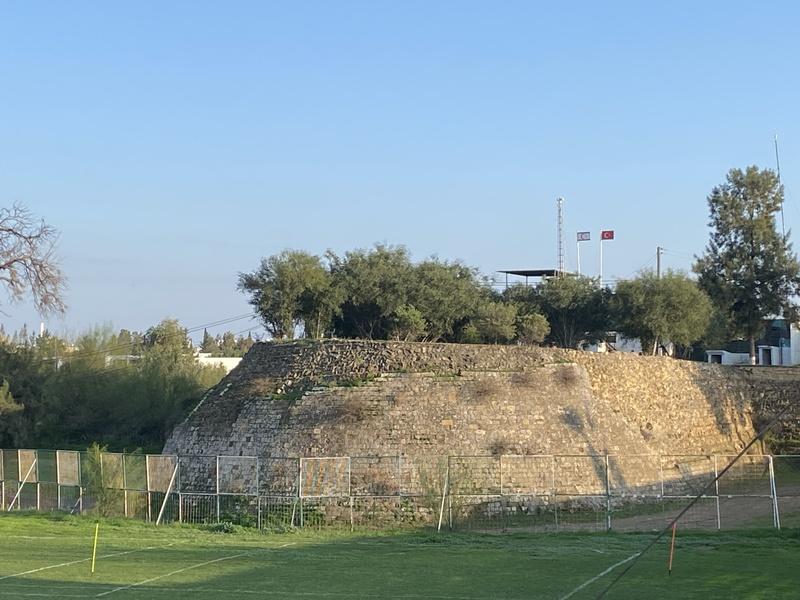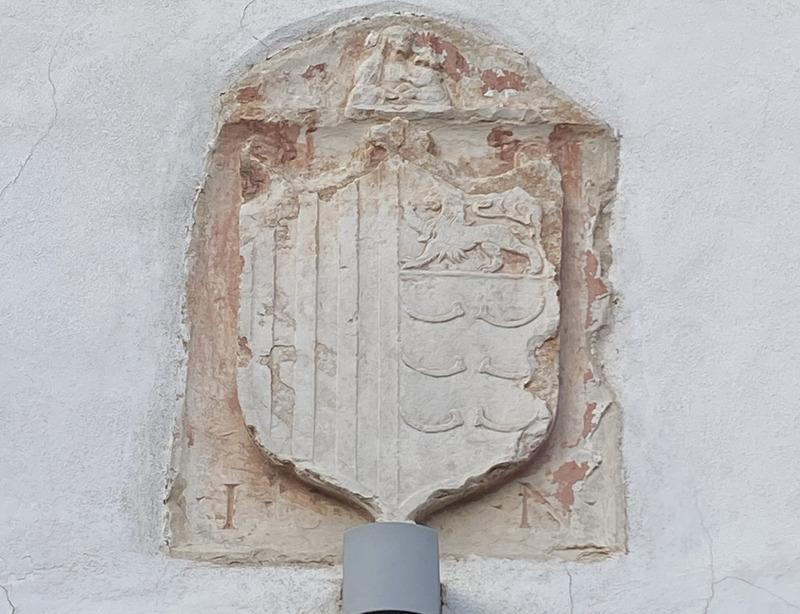The Venetian Walls are one of the main attractions of the capital of Cyprus. They were built from 1567 to 1570 to defend against the Ottoman aggression.
The plan of the walls was derived from the ideas of the ideal Renaissance city formulated by the Milanese architect and forefather of modern urbanism, Filarete, in his "Tractatus Architecturae".
The military architect and engineer Giulio Savorniano, who developed the plan of Nicosia's defensive walls, designed 11 bastions. Each received its name. Even without special historical knowledge, one can recognize Italian surnames in these names (Flatro, Loredano, Quirini, etc.). But who are all these people?
They are Venetian officials of the time and Cypriot aristocrats of European or local origin, who sponsored the construction of the fortifications with their funds. Behind the names of the bastions lies the story of these families who were actively involved in Cypriot life during Frankish and Venetian rule. It is a story of service to country, intrigue, conspiracy, generosity, loyalty, desperate courage and betrayal worthy of a standalone historical novel or Hollywood blockbuster. Most of the men immortalized in the names of the bastions died when Nicosia was taken by the Ottomans and remained forever in the Cypriot land they loved so selflessly. Others passed through captivity, hardship, and humiliation to return to Italy. Yet others remained in Cyprus to serve the new rulers. Let's look at them a little more closely.
We will concentrate on the families' origins, status in Cypriot high society, and role in the defense of Nicosia. In some cases, we will learn what happened in the fateful days of September 1570 around this or that bastion and what became of its defenders afterward.
This article has two parts.
In the first one, we will tell about the bastions on the territory of the unrecognized Turkish Republic of Northern Cyprus. They will not be given in order, but according to their importance (subjectively determined by the author). For the convenience of readers, at the beginning of each new section, we publish a map with the bastion in question highlighted.
Barbaro

Venice appointed two officials to Cyprus: the locum tenens (luogotenente) and the providitor general (provveditore generale). The luogotenente had full administrative power, while the provveditore generale was in charge of the military garrison. In cases of military danger, full power was transferred to the latter. Usually the term of office of both officials did not exceed two years. Each had one counselor (consigliere).
The four bastions of the northern arc of the Venetian fortifications are named after Venetian dignitaries who were in Cyprus on duty: Barbaro, Quirini, Mula and Loredano. They had no connection to the island, but simply served here on assignment from the metropolis.
Francesco Barbaro (1488-1568) was the Provincial General of Cyprus from 1566 to 1568. Before Nicosia he served in the same position on Corfu.
The Barbaro family was a very influential Venetian family that gave the Serene Republic (the informal name for Venice) politicians, poets, diplomats and clergymen. According to their own claims, the family traced its origins back to the Agenobarbus patricians of Rome. Surprisingly, the Barbaro family retained its influence and wealth until the end of the 18th century and "faded" only with the fall of the Venetian Republic under the blows of Napoleon Bonaparte. In Venice, on the Grand Canal, still stands the palace of this family - Palazzo Barbaro.
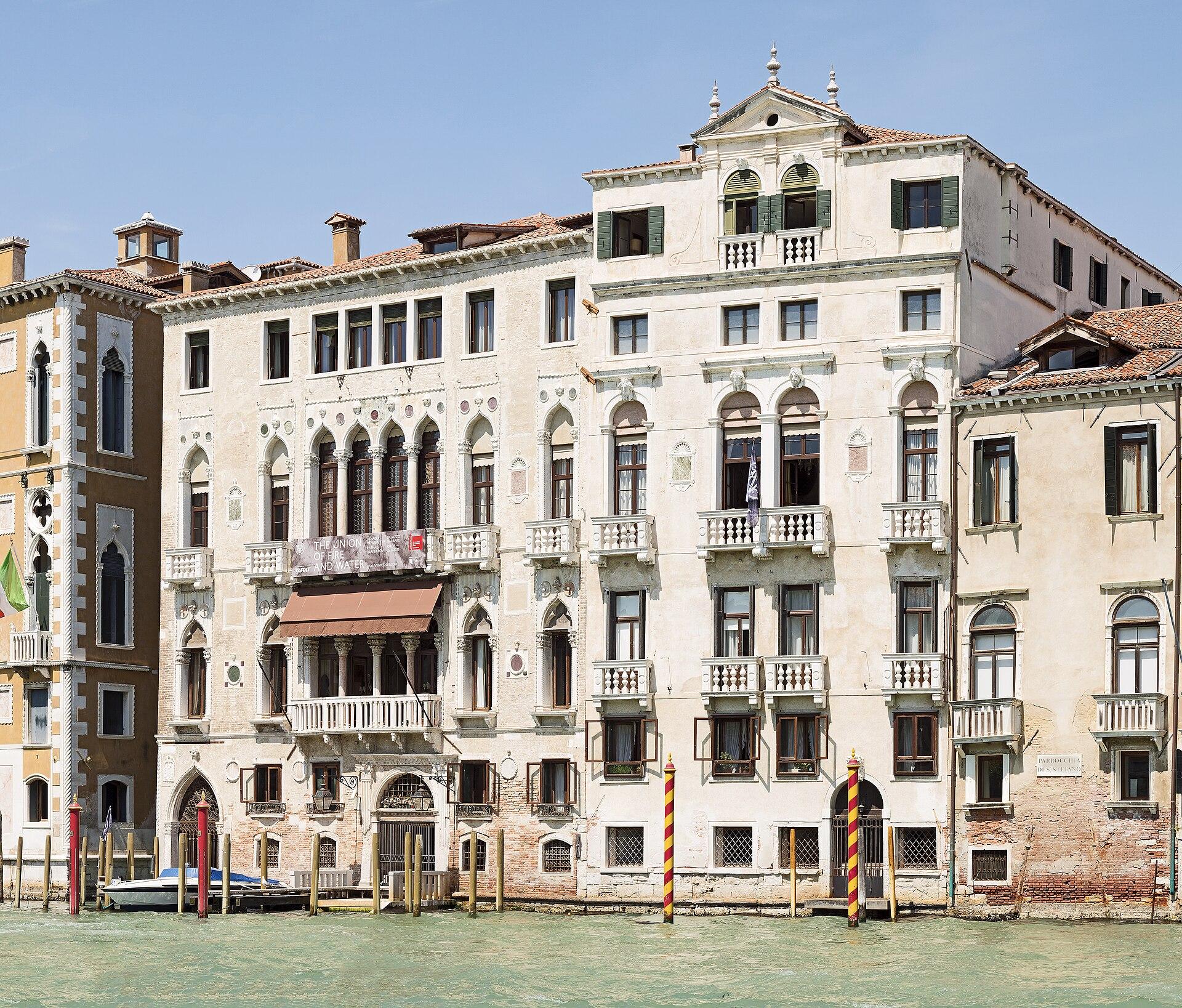
Palazzo Barbaro (photo by Didier Descouens)
To the west of the bastion stands one of the three gates to the city. They are called the Kyrenia Gate (because the road to Kyrenia originated from there) or Porta dell Provoditore, i.e. "gate of the provoditor".
This is what the bastion looks like today:
Loredano
According to one version, the bastion was named after the "consigliere" (counselor) Nicolo Loredano. According to the second, it was named after the Doge of Venice Pietro Loredano. Since there is no data about the former, we will tell about the latter.
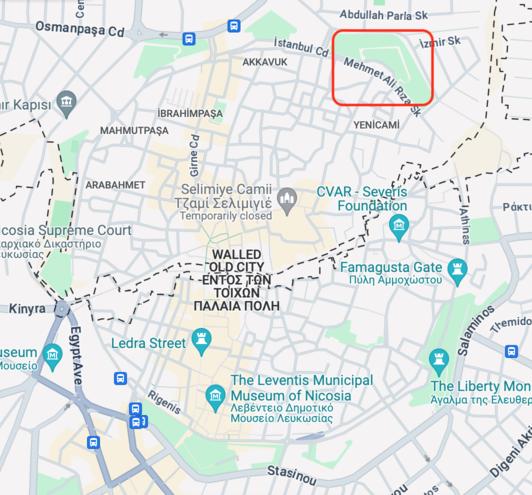
The 84th Doge of Venice Pietro Loredan (1481-1570) ruled the Serene Republic just at the time when the walls of Nicosia were built, so the version about the naming of the bastion in his honor is not groundless, although the Doge himself never visited Cyprus.
Pietro Loredan came from a noble family. During his long life he made a successful business and official career. As a businessman he was engaged in passenger and cargo shipping, equipping merchant ships to Alexandria and sending pilgrims to the Holy Land. As a politician he was a member of the highest authorities of Venice: the Council of Twenty Wise Men, the Council of Ten, and the Signoria.
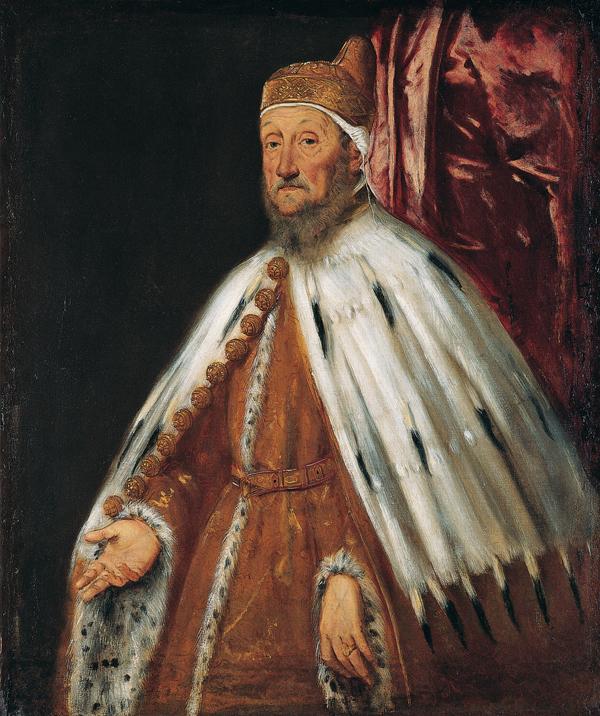
His political career peaked with his election as Doge in 1567.
"A man of 85, but very wealthy," the papal nuncio Giovanni Facchinetti (the future Pope Innocent IX) has described him.
"A man of goodwill, but with little knowledge of public administration," another contemporary wrote.
Three-year reign of Loredana was a time of political tranquility, which turned out, to be the quiet before the storm. The Ottomans gave Venice an ultimatum to give them Cyprus amicably, but the Serene Republic refused. Pietro Loredan died on May 3, 1570, four months before the Turks took Cyprus. According to the official version, he died of a heart attack. But there were rumors that the Doge choked on a grape berry when he was trying to answer some insignificant question of his mistress.
Quirini
The origin of the Venetian Quirini or Querini family goes back to the 16th century, although they claimed their lineage dates back to Roman patricians.
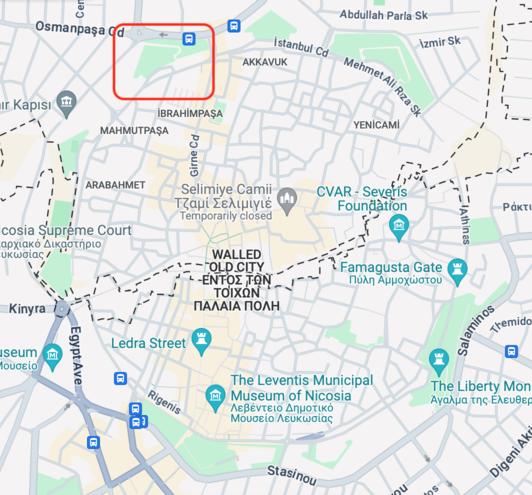
In Cyprus, several members of the Quirini family served as ambassadors of the Republic of Venice. Nicolò Quirini, who served as the Viceroy of Cyprus from 1566 to 1567, is associated with the fortifications of Nicosia. It was under him that the construction of the new walls began. His son Giovanni Antonio Quirini was among the military men who led the defense of Famagusta in 1570-1571. In the late 1930s, it was decided to construct a residence on the Quirini bastion for the British Commissioner of Nicosia Province, Leslie Stuart Greening.
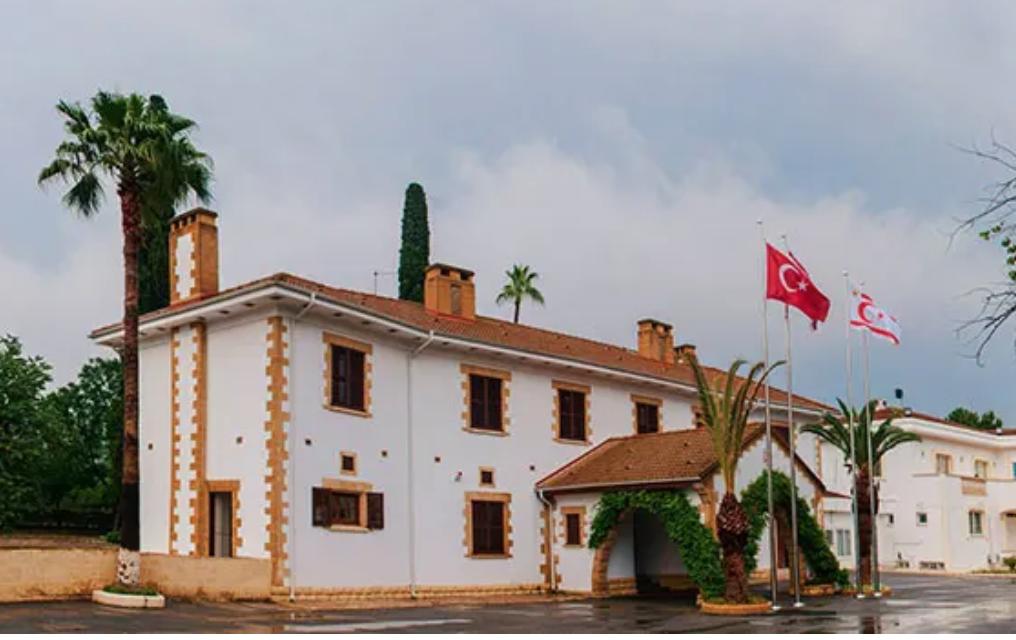
The building was designed in 1939 by architect Robin Halliday Macartney (more about him later). In order not to disturb the historic appearance of the bastion or spoil the view of the historic monument from below, the Department of Antiquities defined a line beyond which the new building could not extend. Therefore, the side wings of the building were moved slightly inwards.
In 1960, the building became the official residence of the Vice President of the Republic of Cyprus, Fazil Küçük. Since 1983, when the Turkish Republic of Northern Cyprus was proclaimed in the occupied territories, the building has housed the office of the President of the TRNC. From below, the building is inconspicuous, only the military checkpoints are visible.
Photo of the bastion today. The residence of the first person of the unrecognized republic is surrounded by vegetable gardens and greenhouses.
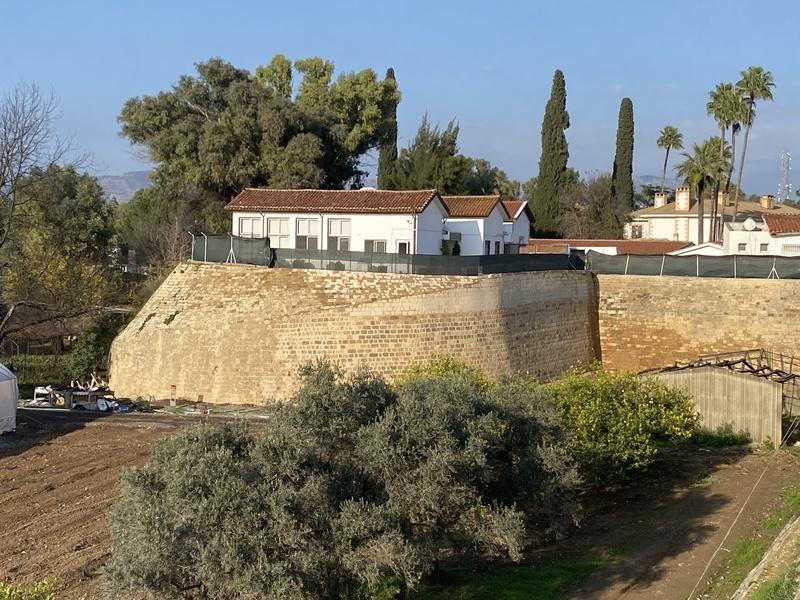
The architect, artist, and archaeologist Robert Halliday Macartney (1911-1973), who designed the residence, deserves a word or two. Today he is remembered as the first cover designer of four novels by Agatha Christie: "Murder in Mesopotamia", "Murder in a Passing Yard", "Death on the Nile" and "Date with Death" (all four novels - about the adventures of Hercule Poirot). The writer mentions the artist under the name Mac in the autobiography "Tell me how you live”.
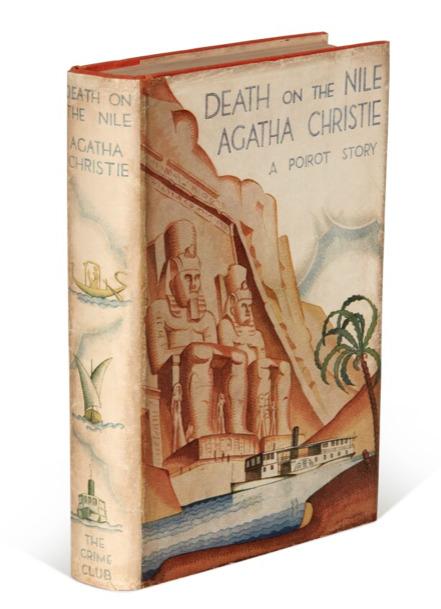
However, Macartney was not only a cover designer but also a sought-after architect. In addition to the residence for the Commissioner in Cyprus, he worked on the buildings of the English School, the house of the head doctor of the hospital Kiperunda, and the building of the police station in Larnaca. After 1946, Macartney left Cyprus for Africa. In the city of Freetown (today the capital of Sierra Leone), he designed the government building that now serves as the official residence of the president of that country. Thus, two of his buildings today are the residences of top officials.
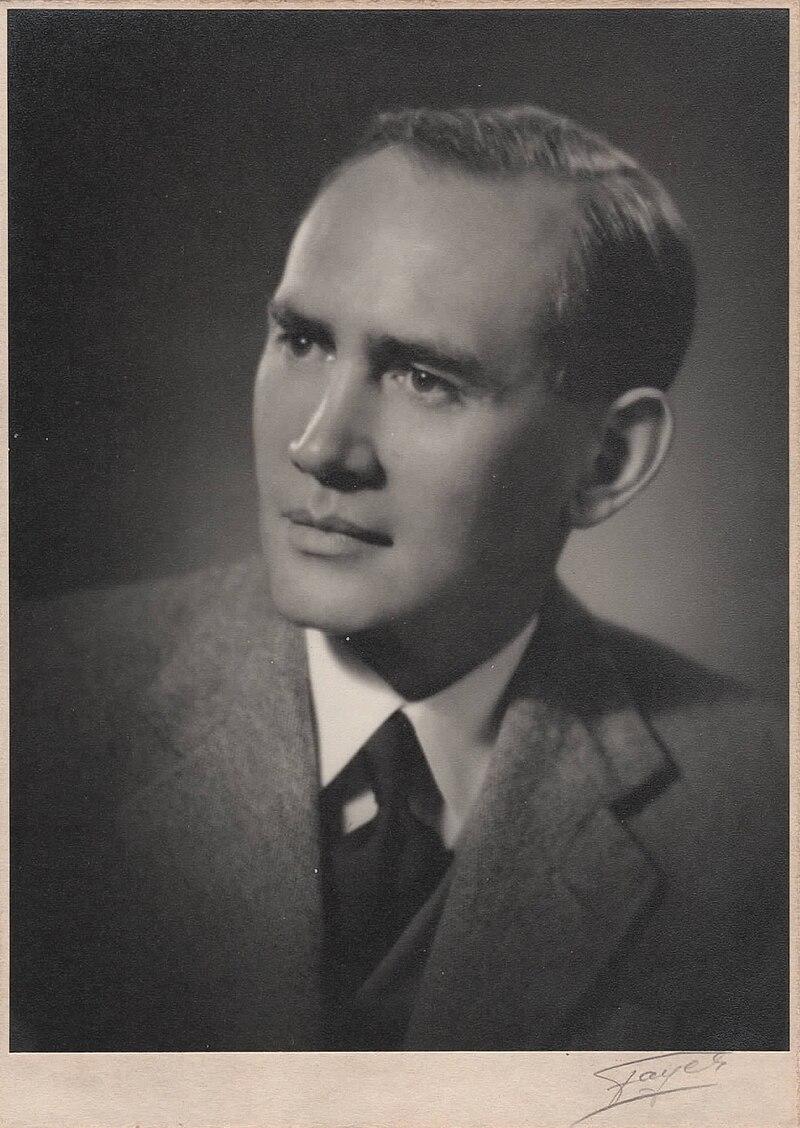
Mula
Benedetto Mula served as a counselor ("consigliere") in Nicosia from 1567 to 1569, performing administrative and judicial functions.
Moula made history when he appropriated the golden spurs of King Peter the Great of Cyprus. This happened when the builders who were erecting the walls of Nicosia, began to demolish the Abbey of St. Dominic (stood on the site of the current Paphos Gate). The abbey contained the tombs of Cypriot kings, high-ranking clerics and aristocrats. In the tomb of King Peter the Great, among other valuables, his gilded spurs were placed. The names Gaspar, Melchior, and Balthasar were engraved on top, the names of the three wise men or kings who came to worship the Christ child.
The same golden spurs were then seen with Lorenzo da Mula, the son of Benedetto. From this, we can conclude that the cunning consigliere pocketed the valuable find and then gave or sold them to his son.
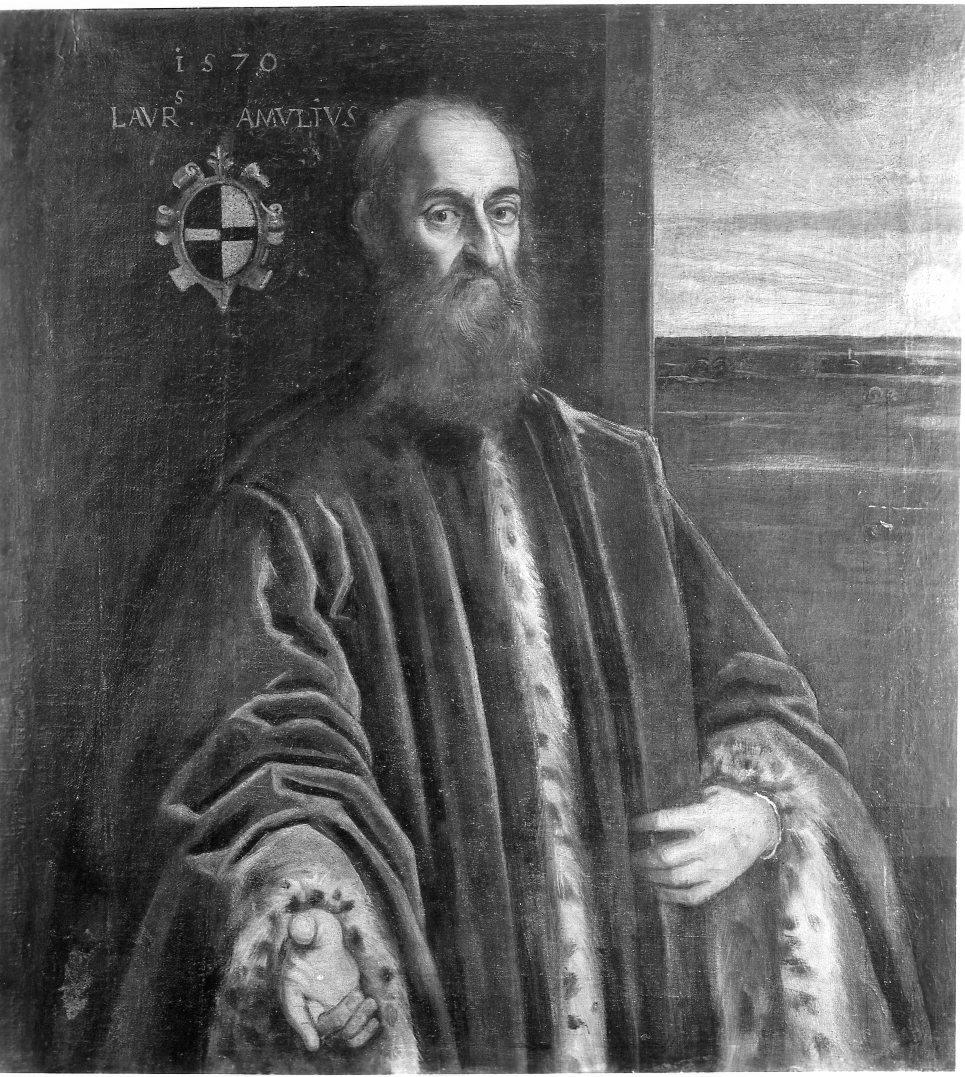
The exact amount of treasures looted in the demolition of St. Dominic's Abbey is unknown. Nor is it known where these treasures later ended up. The foundations of the monastery and some of the burials are forever buried beneath the massive walls of Nicosia. Below is the bastion of Mula on the map.
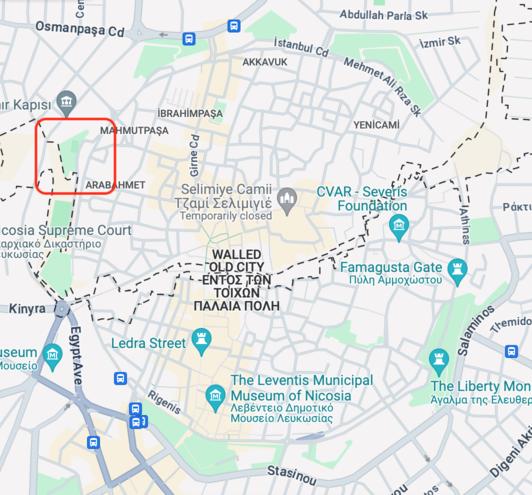
Flatro
This was a Cypriot aristocratic family of Venetian origin, which has been mentioned in historical documents since the mid-14th century. They were relatives of the Lusignan kings of Cyprus.
The family gave the island statesmen, feudal lords, merchants, and clergymen.
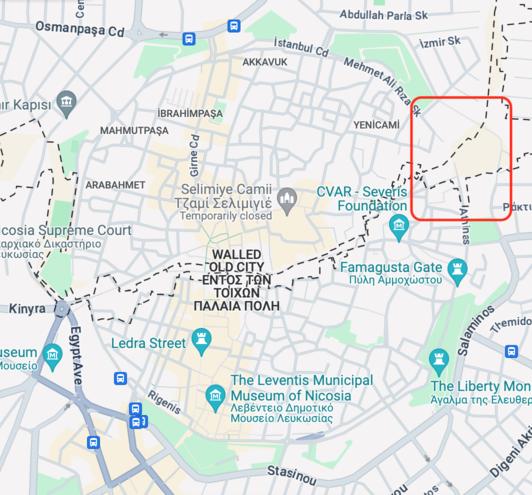
The Viscount (town governor) of Nicosia, Hugo Flatro, donated 10,000 ducats in 1567 to build the fortifications of Nicosia. This contribution did not save Nicosia from conquest by the Turks, nor Hugo Flatro himself from death - he died defending the city from the Ottomans in the area of the bastion of Constanzo.
Hugo Flatro commanded a group of 750 Cypriot aristocrats who stood up in defense of Nicosia. His relative Giovanni Flatro, who commanded a squad of 200 men, also fell by the Turkish sword. More fortunate was the fate of Flatri Flatro. He not only escaped but was able to leave the island in time. There are no representatives of this family in Cyprus after 1570.
At the bastion of Flatro there were not only soldiers, but also women and children who could hide. Some of the defenders of the bastion were killed by the Turks, the rest were taken captive. The captives had the opportunity to buy their freedom, which some of them took advantage of.
Subsequently, former residents of Nicosia tried to find their relatives who were taken captive, about which there is historical evidence in the form of notarized letters. The letters of commendation, citing witnesses, state that the bearer of the paper was indeed among the defenders of Nicosia and indeed had missing relatives. Such letters were needed to collect money to ransom relatives from captivity.
Today, the Flatro bastion is partly occupied by a Turkish military post and partly in a buffer zone.
Rocca
Between the bastions of Tripoli and Rocca is the Paphos Gate. During Ottoman rule, an aqueduct was built here to bring water from the Pedieos River to Nicosia. This structure, which has not survived to this day, is now marked with a metal structure.
This bastion has a very confusing history, so keep a close eye on all its twists and turns. There is an ancient city in the Middle East called Edessa (not to be confused with the Ukrainian Odesa),which was called Ruhu in Syriac.
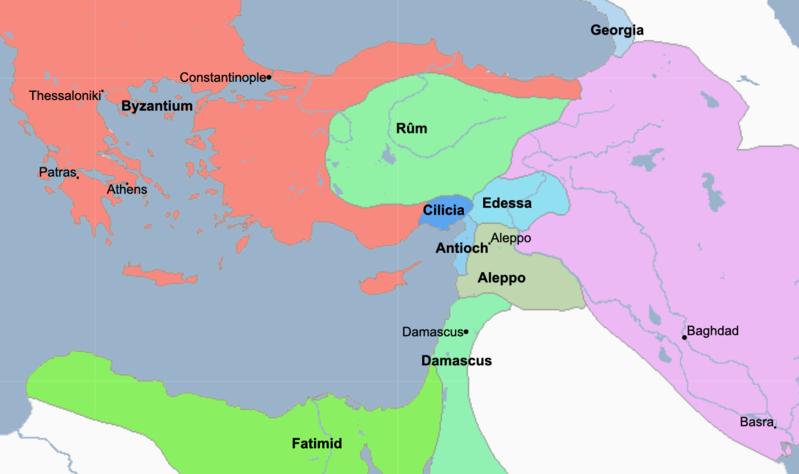
In 1146 the county fell under the blows of the Seljuks. The county itself ceased to exist, but the title of Count of Edessa (or Count of Ruhu) continued to live on. The Lusignan family felt that they had the right to dispose of this title, and gave it to the noble family of de Grignet. The last representative of this family and holder of the title was Helena de Grignet, who died at the beginning of the 16th century.
When the Venetians took over the island, they decided to sell off the unclaimed titles to replenish the treasury. The title of Count Ruhu or, in Latinized pronunciation, Rocca, was bought in 1521 for 1500 ducats by Eugenio Singlitiko - the head of the richest Cypriot family, which traced its origins back to the Byzantine nobility. He owned the villages of Alaminos, Potamia, and Morphou. The amount of 10,000 ducats Eugenio donated for the construction of the bastion, which received his title - Rokka.
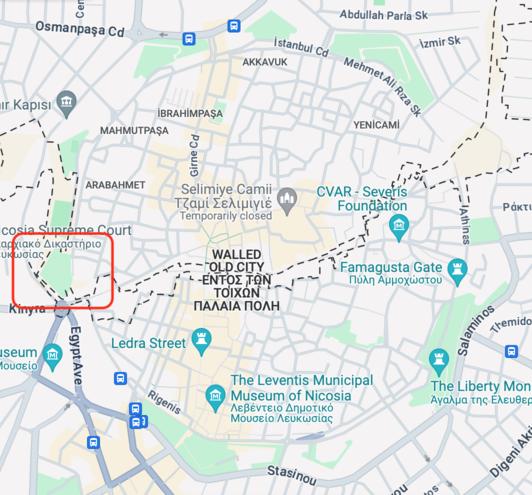
He also commanded the cavalry during the Turkish invasion. He was sent to Larnaca by the Viceroy of Nicosia, Nicolo Dandolo, to oppose the Turkish landings. At first Eugenio Singlitiko the Younger was successful in throwing the Ottomans into the sea, but, for some unknown reason, he then retreated to Famagusta and from there returned to Nicosia. He died during the capture of Nicosia by the Ottomans, fighting at the foot of the Podokatoro bastion.
Very different was the fate of the other three members of the Singlitiko family. Pietro-Paolo and his brother Giovanni, after the fall of Nicosia, appeared before the Turkish commander Lala Mustafa Pasha and swore allegiance to him. Mustafa Pasha dressed them in expensive clothes and sent them as negotiators to the rest of the Cypriot aristocrats to convince them to go into the service of the Turks.
Maria Singlitiko, daughter of the deceased Eugenio Singlitiko, did the exact opposite. When she and other captured women were brought to Famagusta and loaded onto a ship bound for Istanbul, she was able to set fire to the gunpowder stored on the ship and cause a powerful explosion that destroyed two ships. The explosion killed all the captives, including Maria.

This is how the bastion looks today. It is divided between the Republic of Cyprus and the TRNC. If you walk at the foot of the bastion, you are in the Republic of Cyprus, and if you go to the park at the top of the bastion, you are in the TRNC.
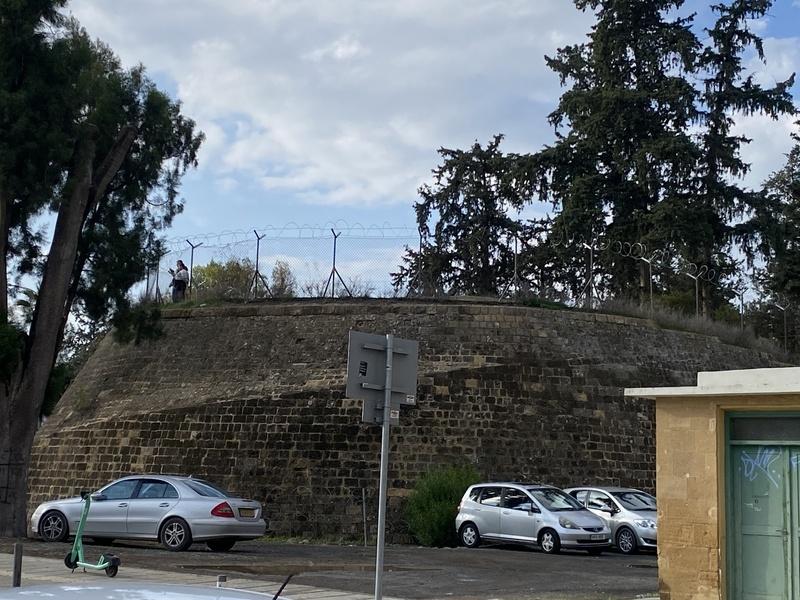
View from the bottom of the bastion to the park, taken from the Republic of Cyprus.
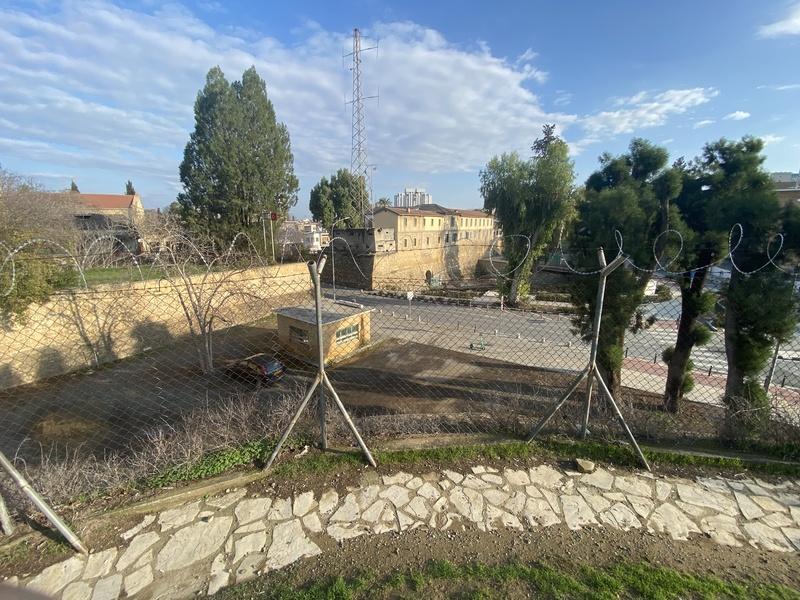
View from the park to the point from which the previous photo was taken, shot from the TRSC side.
To be continued...
Read also:
- GESY: General Health Care System in Cyprus
- Schools in Nicosia
- Supermarkets in Nicosia: from most glamorous to most budget-friendly
- TOP 10 residential projects in Nicosia for obtaining residence permit
- Pros and cons of living in Nicosia
- Nicosia Real Estate Market: Overview and Key Features

